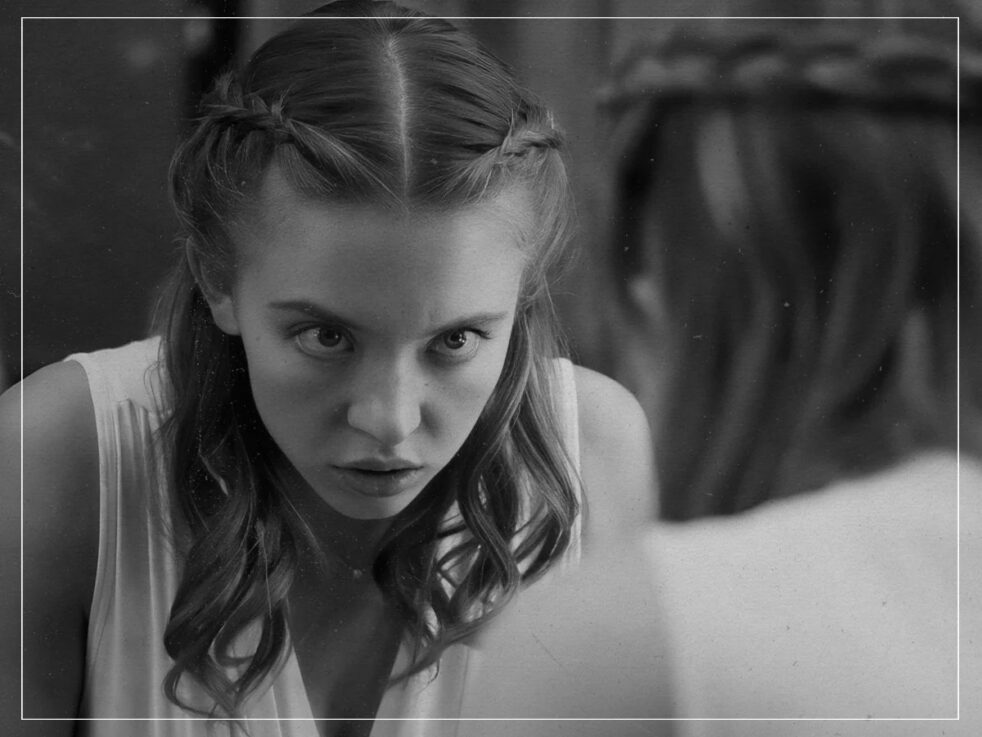Sydney Sweeney is known for her roles in shows and films such as “Euphoria,” “Anyone but You” and “The Voyeurs” where she plays characters who are hot and in love. In a recent interview with Who What Wear, the actor herself said that “Was I proud of all of them [or] super excited about all the characters? No. Did I wish I could make changes and be more a part of the process and be more assertive? Yes. But I was in no position to be able to do so.”
However, “Immaculate” could not be any more different. In a movie that Sweeney produced and edited the script for, the audience gets to see Sweeney have autonomy for what feels like the first time, and what she does with it is truly fascinating.
“Immaculate” sets itself up as a typical nun horror movie. The main character Cecilia, played by Sweeney, arrives at a nunnery in rural Italy with nothing but a commitment to taking her vows and a poor understanding of Italian. On her first day, she is enamored with the antiquated interior of the convent, and she quickly settles into the menial, laborious tasks that make up day-to-day life as a nun.
However, the movie takes a complete and swift turn into a far more insidious plot when Cecilia ends up ill, and, to her surprise, she is pregnant. Even more surprising, it seems there was no father — a Biblical miracle.
This is when it feels like the true horror movie begins. Moments that had started to build a sense of unease quickly bleed to scenes of gore and violence that point to a darker underbelly of the convent. Cecilia begins to see that the obedience she and the other nuns offered so freely may be motivated by
something far less pleasant.
“Immaculate” plays to its strengths here by using more archaic forms of violence to evoke a more visceral reaction from the audience. Whether it be burying someone alive or cutting their tongue out, the movie maintains a medieval energy within the halls of the convent. The timelessness that once lent the convent a rustic charm quickly changes into an insidious trap where no person can leave.
As Cecilia realizes the horrors of the convent, its people and her inability to escape them, the audience sees the rapid descent of a devoted and idyllic Cecilia into a prisoner of both the convent and her own heavily pregnant body.
Cecilia’s relationship with her body is a central theme of the movie. When it is pronounced that she is the carrier of the miracle, the convent rejoices, all except Cecilia. Against her will, she has been made responsible for carrying what the nuns believe is their savior and is consequently treated like a religious figure who should be worshipped and never work. Being held apart from her peers has an obvious impact on Cecilia, who comes into the movie looking for a family and a stronger relationship with God.
When later it is revealed that the miracle may not be as divine as previously expected, Cecilia’s struggle for autonomy becomes a more familiar one between her and authority figures in the convent. Against her will, she is continuously beaten into submission by the Father of the convent, and she is repeatedly reminded that her body is not hers, but the institution’s.
Without giving away too much, the movie brings the audience to the climax of this tension in the closing scenes of the movie. Here, the audience sees Cecilia give birth to what sounds like a very inhuman creature, and she is faced with the choice of what to do with it. With some clever camera work, the audience never sees the baby — only Cecilia starting down at it, trying to make a choice.
The intersection of the discussion between autonomy and pregnancy allows the film to explore concepts such as abortion while never explicitly mentioning it. Along with the setting being a Christian convent, it was a shocking choice for Sweeney, a relatively new producer. However, it’s refreshing to see her not shy away from these topics for fear of backlash.
As someone whose career has been predicated largely by typecasting and a need to pander to what audiences want, Sweeney seemed to finally free herself from these stifling expectations in “Immaculate.”
Both her and her character seem to be on their journey for autonomy together in the film; while the audience rooted for Cecilia to make it out alive and well, there was also an undercurrent of rooting for Sweeney to finally tell a story she wants to, the way she wants to.
